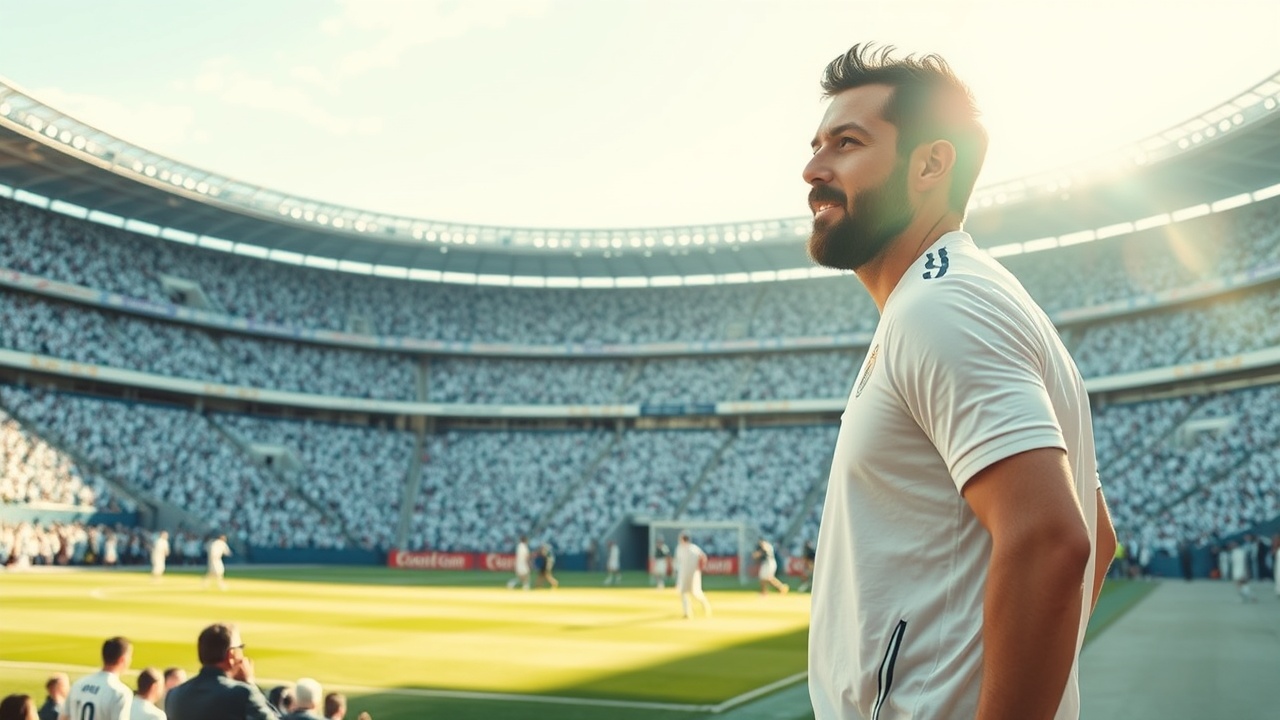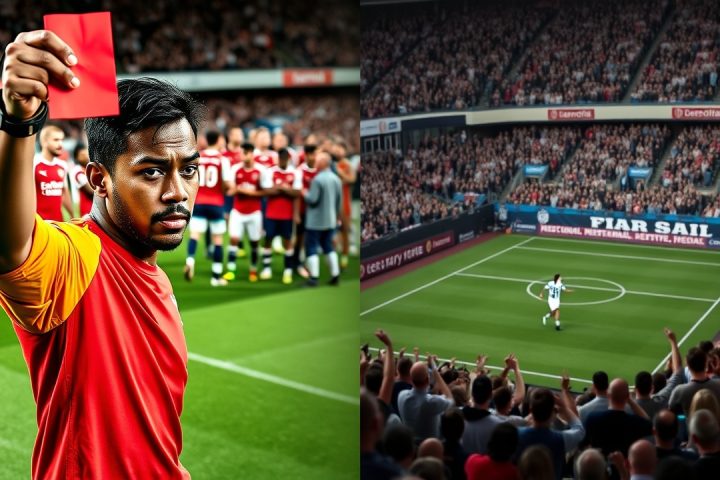Training Ground Overview
To reach the training ground of Real Madrid, you must exit I-95, just north of Palm Beach, Florida, and navigate onto Shady Lakes Drive. This serene avenue is adorned with lush gardens, swaying palm trees, and meticulously maintained condominiums. At the end of this peaceful street, in a repurposed public park adjacent to a middle school, Xabi Alonso is diligently crafting his vision for the new iteration of the team.
Coaching Style and Challenges
“Move! Move! Move!” Alonso enthusiastically calls out first in English and then in Spanish, encouraging his players in the midst of an intense possession drill at their Palm Beach Gardens facility.
The team is divided into three groups, closely packed, with cones carefully marking their playing area. Alonso, pacing like a restless tiger, offers a stream of instructions, encouragement, and constructive criticism. “Yes! Yes! Much better!” he exclaims, as he evaluates their performance, occasionally crouching to better observe their movements.
The serene Palm Beach Gardens environment contrasts sharply with the significant challenges Alonso faces as he settles into his role as coach. Having taken the helm only a month earlier, he flew with the squad to the United States just two weeks into his tenure. Shortly thereafter, he was thrust into managing his first match at the FIFA Club World Cup. The team has played across various cities — Miami, Charlotte, and Philadelphia — all while grappling with the sweltering East Coast heat and unpredictable thunderstorms.
Injuries have also posed a serious obstacle, sidelining several key players from the first team, including stars like Kylian Mbappé, Dani Carvajal, and Eduardo Camavinga, complicating Alonso’s plans. Despite these limitations, the coach is seeing early indicators of the transformation he aims to implement.
Coaching Philosophy
“It’s about the distances between players, with and without the ball,” he stated. “We need to enhance our positioning to maintain control and promptly regain possession. The team must function as a cohesive unit.”
With the clock ticking and training time limited, Alonso has recognized the need for prioritization in his messaging. “We focus on core concepts rather than trying to cover everything,” he explained. “I believe we will emerge as a stronger team by the tournament’s conclusion.”
Given the extreme heat, Alonso and his coaching staff have maximized their use of video analysis sessions to reinforce his tactical ideas effectively. Looking ahead, Alonso faces unexpected complications as well; Mbappé remains absent from the field due to hospitalization, and injuries have left the team stretched thin. In one of their earlier matches, they struggled to a 1-1 draw with Al Hilal.
Team Dynamics and Progress
In response to challenges like Raúl Asencio’s red card in the Pachuca game, Alonso had to adapt his strategy mid-game, showcasing his ability to think on his feet despite facing adversity. Thibaut Courtois, the team’s goalkeeper, acknowledged the transitional phase the squad is experiencing under Alonso’s guidance:
“After four years with [former coach Carlo] Ancelotti, we must shift our mentality, and that takes time.”
Despite initial setbacks, the team has started to show some promise, with notable victories in Charlotte against Pachuca and in Philadelphia against Salzburg, where they displayed an energized 3-4-3 formation. “We’ve made progress, though it’s still early days with Alonso’s influence,” said one of the players.
Future Outlook
Alonso’s early comments reveal a commitment to the development of his squad’s flexibility in tactics. Adapting to a back-three formation became necessary as qualified players returned, allowing Alonso to implement a structure he believes will maximize performance.
“Every player brings their own intelligence and football culture, which helps us understand the system’s benefits,”
he elaborated after the Salzburg match.
The new acquisitions, particularly Trent Alexander-Arnold and Dean Huijsen, have also impressed in these early fixtures, with Alonso labeling Huijsen as integral to the emerging project. Notably, 20-year-old Arda Güler has emerged as a central figure in Alonso’s tactical plans, suggesting a shift towards prioritizing young talent. The encouraging performances from Gonzalo García, a standout academy product, have underscored the potential of trusting homegrown players.
His three goals across the club’s early matches have already contributed significantly to Madrid’s scorelines. Alonso is keeping an open mind on ongoing squad decisions, but Garcia’s performance indicates he will likely be a fixture going forward. Things remain less certain for Rodrygo, who has missed significant playing time.
As Alonso continues to instill a collective pressing mentality within the squad, the upcoming matches against Juventus and potentially challenging encounters with Borussia Dortmund and Paris Saint-Germain promise to be more telling of his evolution of the team. Early signs from their experiences so far, particularly against Salzburg, have been encouraging.
“This group is eager to learn and evolve,” Alonso affirmed recently. “They are quick to grasp new concepts, and we are focused on the work that will solidify our foundation going forward.”




